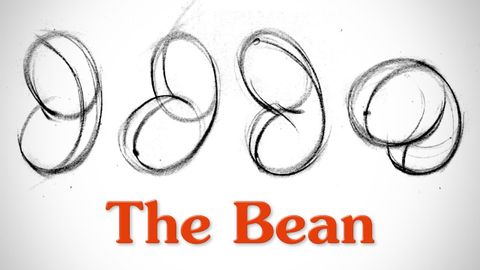胴体の動きをシンプルにする方法 - The Bean (How to Simplify the Motion of the Torso - The Bean)
vulvul が 2021 年 01 月 14 日 に投稿  この条件に一致する単語はありません
この条件に一致する単語はありません- v.t./i.出場する;計算する;思う;思う
- n.姿 : 体形;数字;人物像;図表;著名人;姿の輪郭;数字
- v.t./i.ストレッチをする : 体を伸ばす;伸ばす : 張る : 広げる
- n.ストレッチ : 体を伸ばすこと;一続きのもの;(一続きの)時間 : 期間
- v.i.~の側につく : ~に味方する : ~を支持する
- n.(意見 : 立場などの)一方 : ~側 : ~派;(左右の)体側;(性格の)側面 : 様相;(物体の)側面 : わき;(スポーツなどの)組 : チーム : サイド
- adj.副次的な : 付随する;そばの : わきの : 横の
- v.t./i.もたれる;~しがちである;傾く;頼る
- adj.脂肪分が少ない;無駄がない : 効率的な;やせた : 細い
- n. (u.)赤身
エネルギーを使用
すべての単語を解除
発音・解説・フィルター機能を解除

